Today's adventure was especially poignant. The landscape we were investigating had such a great story to tell.

We (two NRCS employees, a Fish and Wildlife employee, and me) took an airboat out into Bayou Sauvage to monitor some vegetation, aka check on a few grass plantings that happened about three months ago. These are not plantings I did, but it's exciting to know that this is what some of my plantings might accomplish. But first, we look backwards--
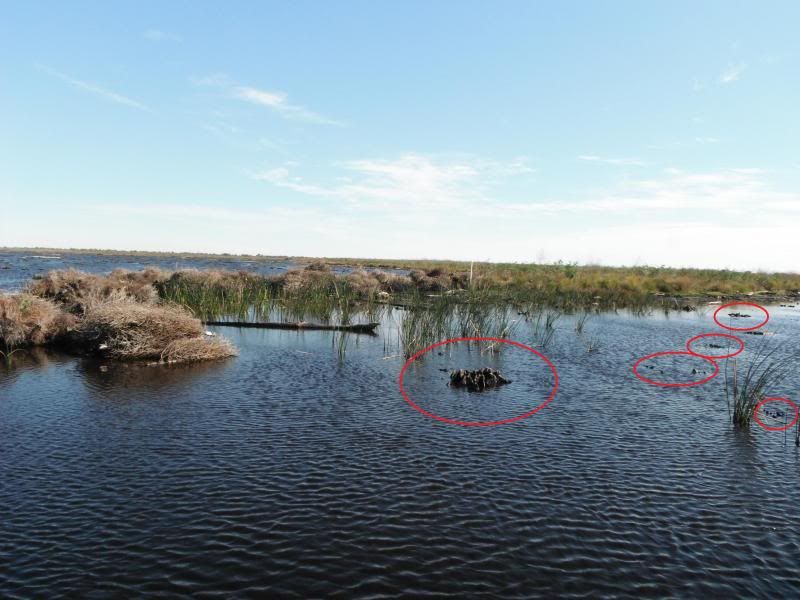
Bayou Sauvage used to be a lot of cypress swamp. That cypress swamp in particular was heavily harvested to build New Orleans... two or more centuries ago. The stumps are still all over the place. Many have sunken, but the ground was a lot more solid at this particular stop, and there were stumps and knees sticking up everywhere. Even in an airboat, it was tough to get through here.
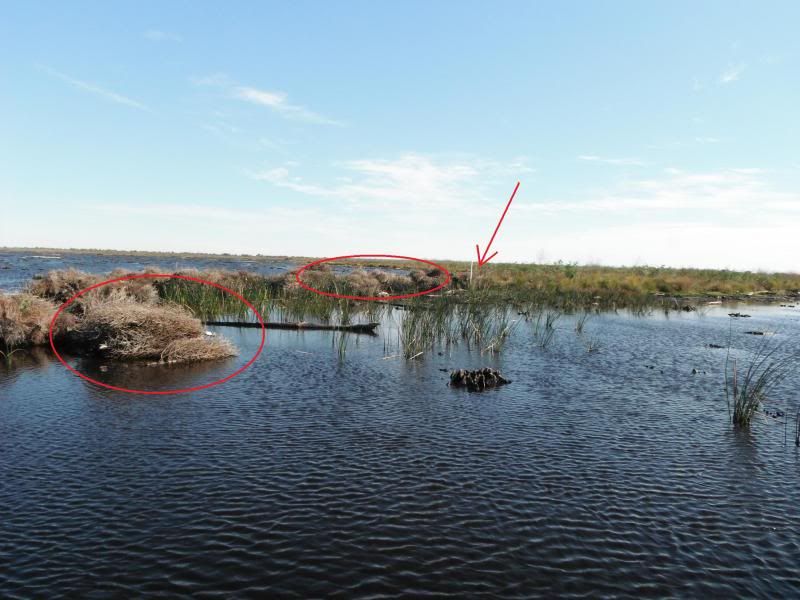
After many years of logging and then lots of other human activities (development of levees and canals that change hydrologic patterns, among other shady business... humans are the worst), this area became open water. Tons of erosion happened, and expanded out from there to create a lot of other islands and open water areas where there once was good healthy swampland.
Something humans have done to try to fix this problem is use recycled Christmas trees to help catch sediments, reduce erosion and rebuild marshes. It took some trial and error-- there were a few busted up old cribs nearby from a less successful iteration of the project, but now trees are bundled together and airlifted by helicopter. And it's working! The circles show piles of dead Christmas trees that were laid down in the water here. The arrow points to an area that you can't even see the old trees, because the grasses have taken over successfully after enough sediment built up to sustain the ecosystem.
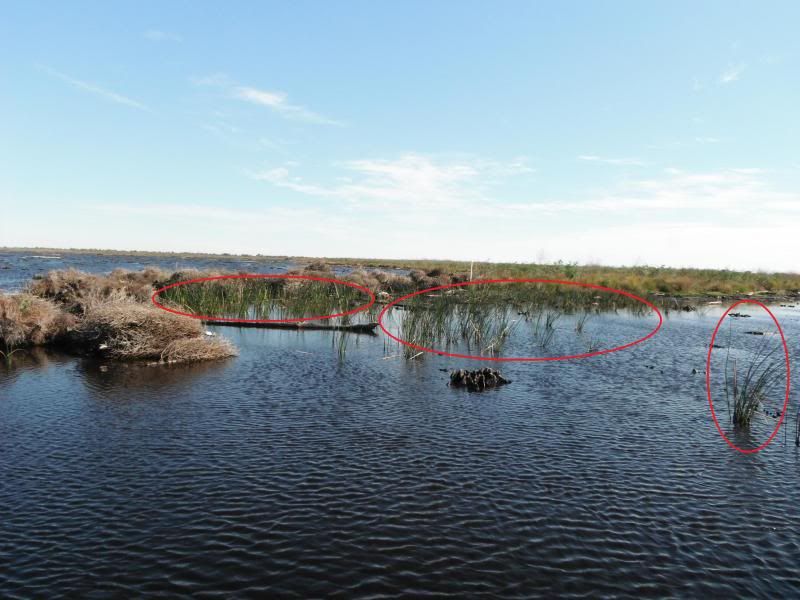
And finally, back to the present. These grasses were planted about three months ago. Grasses are one of the first steps to protecting an area from erosion and building it back up, first into health marshes, which can later progress into healthy swamps*. Here, people planted bullrushes in particular, but I've been planting cord grass and there's this other horrific sounding thing called cut grass that sometimes gets used (called such because it has sharp edges and will cut you). They've taken like little champs, anchoring soil, helping catch more soil and expand the area, creating more habitat for migratory birds and a healthier ecosystem now and to come. It's so exciting to see the progress in such a short time, and to know that I have done this to places. There are places in southern Louisiana that will probably hopefully be just as successful in the coming months and years. That is really, really exciting to know.
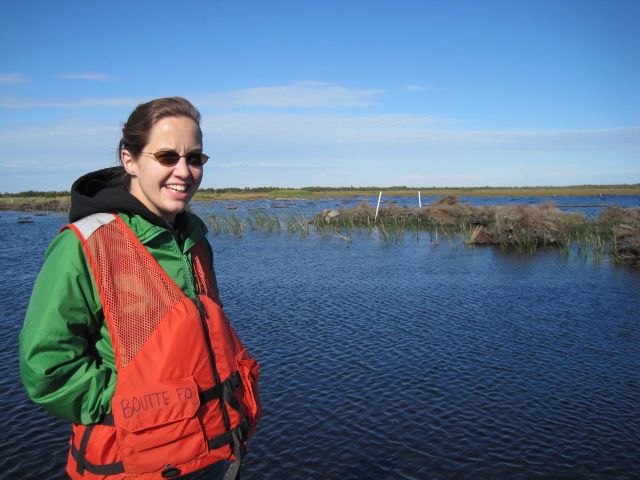
Watch out world. I'm coming to conservation you. Just as soon as my hands get warm. It was surprisingly chilly for south Louisiana. Everyone was complaining but I was having a blast wearing a hoodie AND a windbreaker!
*Fun fact! The difference between marshes and swamps: marsh implies grassy wetlands, swamp implies forested wetlands.
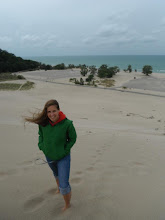
You know how you used to do "tree of the day"? You should start a "fun fact of the day"! I bet we would all learn a LOT :)
ReplyDeleteGreat post. Thanks for sharing!
ReplyDelete